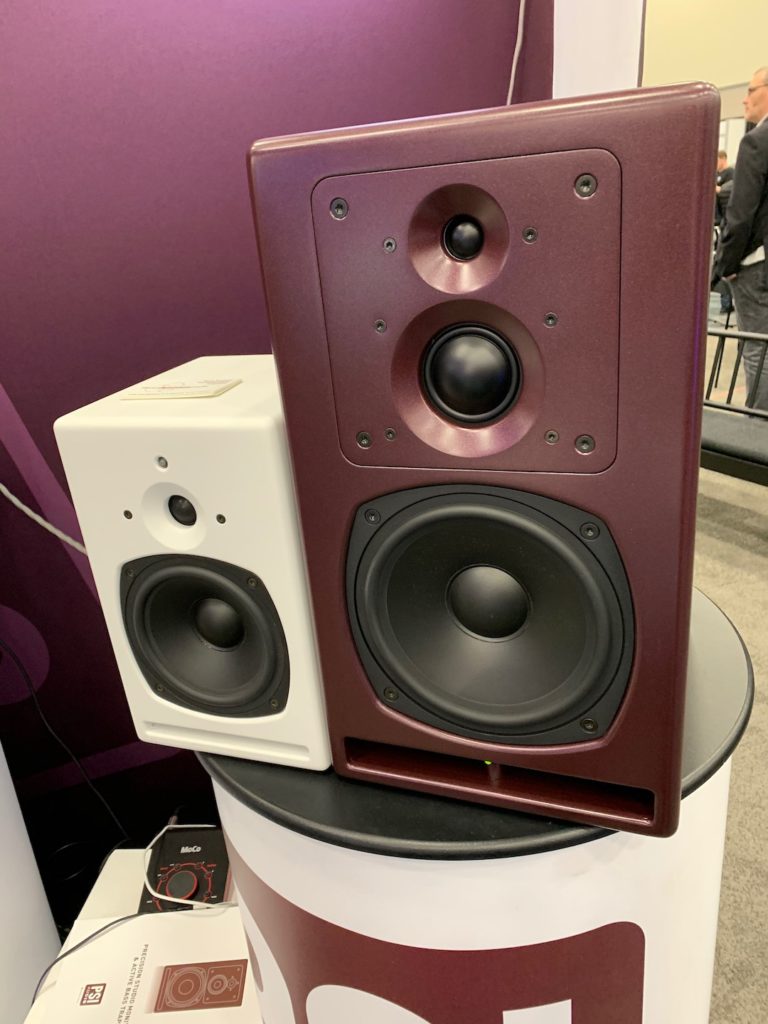고정 헤더 영역
상세 컨텐츠
본문
No reviews or videos yet for PSI Audio A21-M. With an Equipboard account you can rate this item, add it to your collection, submit a review to discuss what you like and dislike about it, and associate PSI Audio A21-M to artists that use it. Active 3-Way Monitor Completely analogue wiring without DSPs, Compensated phase response for correct stereo imaging, Handmade tweeter, Speaker: 1x 210 mm / 1x 102 mm / 1x 25 mm, Power: 170 + 80 + 50 W RMS, Frequency.
Psi Audio A23-m Price Chart
'Bassthe final frontier,' declared Captain James T. I have no doubt: The biggest problem in nearly every listening room is getting the bass to sound right.
Today, we voyage to the frontier of bass response.A Brief History of TimeBecause my listening room is also a mastering room, it has to be as accurate as possible (see photo 1). The floor is a concrete slab, with solid-block wall construction and a cathedral ceiling 23' high at the rearthere are no floor-to-ceiling resonances. A bay window hidden behind the curtains disperses the lengthwise room mode by varying it between 18' and 20.6'. The curtains tighten the stereo image and damp the subtle resonant chamber that would otherwise color the sound.
Psi Audio A23-m Price List

Interesting write-up on an interesting product. Please note that my following comments are based on my personal experience with bass traps and not from any professional or expert knowledge.

Psi Audio A23-m Price Comparison
Based on your frequency plots, one might conclude that, while audible, the effects from spending $6000 on active traps is quite minor and a poor value. As you have shown for both the active and passive bass traps, their effect in the frequency domain can seem insignificant (on the order of 1 - 2 dB or less). My experience with passive traps has been similar: I have not seen huge improvements in the frequency response (some frequencies get better and some get worse). However, I have found the true value of traps to be how they effect the time domain response. For me, reducing the 'ringing' of the bass notes provides a significant improvement in the sound quality. Our ears seem to be less forgiving of time domain issues than of peaks in the frequency response.
In other words, a peak in the bass region is more tolerable if the note isn't accompanied by a long reverberation time. It would have been interesting to see before and after waterfall plots of the product under review, particularly how effective they are at 29Hz.
This is one of the potential strong points of this type of product as passive traps will have little effect at these lowest frequencies. However, it does seem apparent that any practical improvements using active traps will require more than one unit. I too found this article interesting, especially the frequency response curves with and without the traps. We make and sell passive bass traps, and we get before and after measurements from our customers whenever we can. We too have found that often significant sonic improvements from the traps looks like very little change when looking at frequency response. To get a better idea of what's going on, we use a recording called MATT - Musical Articulation Test Tones. This will clearly show the difference when played in a room and recorded at the listening position.
We run the recording through an analyzer that shows how fast the room is tracking the volume level at different frequencies.What's also nice is that you can just listen to it and hear where the room is slurring the bass dynamics. This gives you a clear idea of whether or not the room could benefit from more bass damping.




